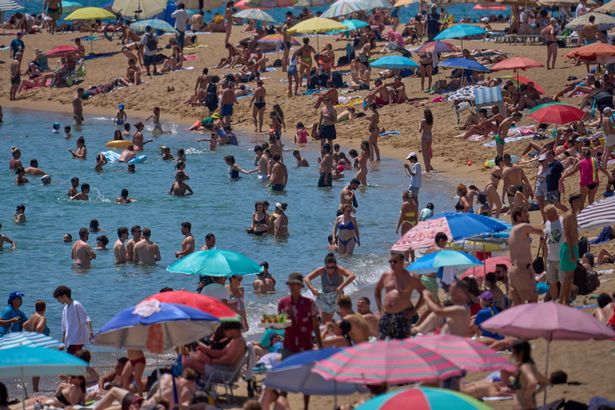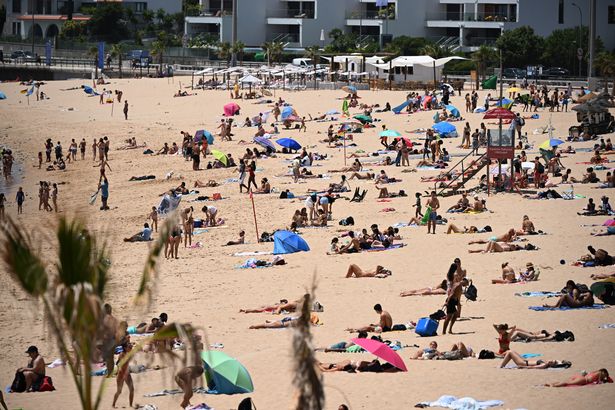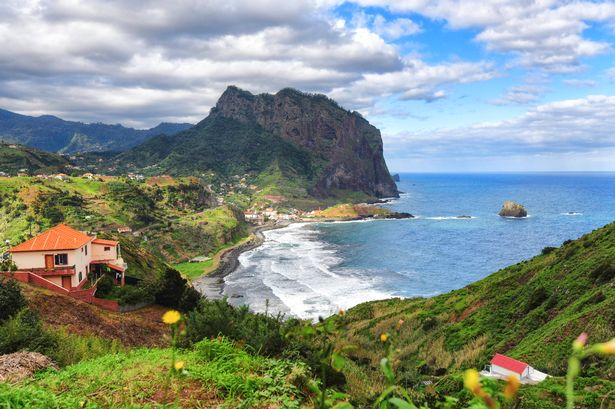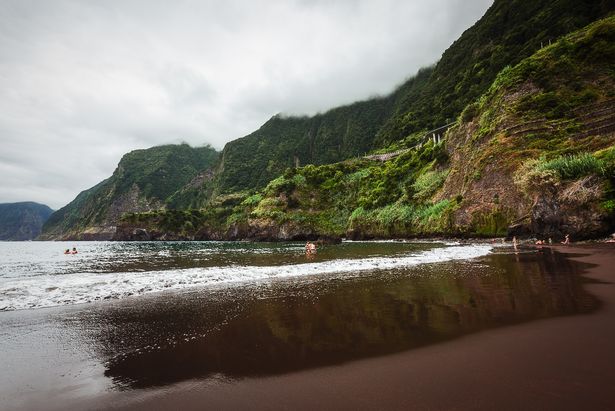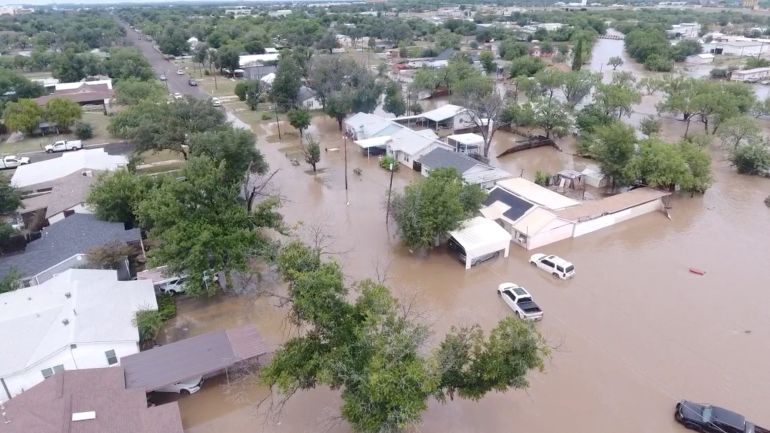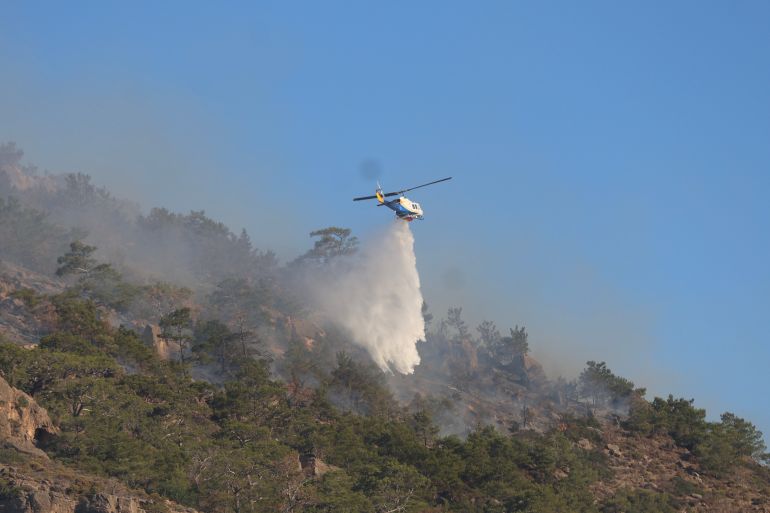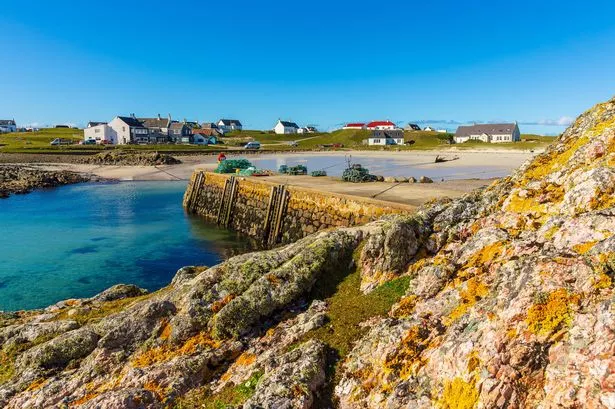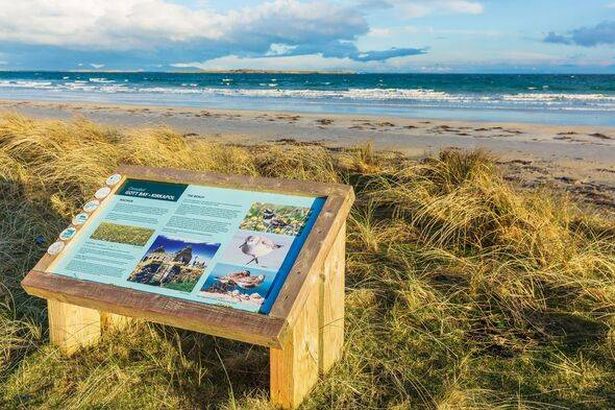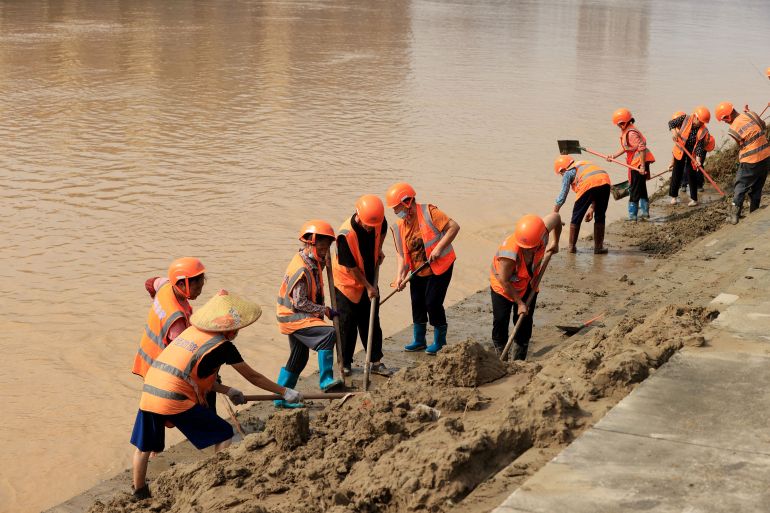Wizz Air has announced that it will suspend operations from its Abu Dhabi hub. The budget airline currently operates more than 30 routes from the Middle Eastern base.
Wizz Air has scrapped a number of routes as “hot and harsh” weather is damaging its planes.
On Monday, the Hungarian airline announced that it would discontinue its Abu Dhabi operations starting in August.
Ticket sales have been halted from the Middle Eastern capital to Varna from July 14, followed by Belgrade on July 19, Tirana on July 20, Kutaisi on July 29, and Sarajevo on August 31.
Six additional routes will be temporarily suspended, including Krakow (July 29–September 19), Budapest (paused until September 1), Vienna (paused until September 21), Katowice (paused until October 26), and both Astana and Samarkand (paused until November 1). Services to Sofia and Cluj have already been discontinued, Aviation Weekly reports.
Do you have a travel story to share? Email [email protected]
READ MORE: ‘I lost my mind taking the train to Spain – there are three problems’
The publication also notes that Pratt & Whitney GTF engine issues have led to 20% of Wizz Air’s Airbus A320neo-family fleet being grounded over the past financial year.
The budget airline currently operates more than 30 routes from its Abu Dhabi base.
Last month, Wizz Air CEO József Váradi said the carrier was strategically reducing operations in “hot and harsh” environments. He explained that capacity would be reallocated to lower-risk areas to help reduce operating costs and prolong engine life.
“Hot and harsh is a significant issue which we are going to address,” the CEO said. “That will not only lower operating costs and extend engine lifetime, but it will also increase productivity on sectors.”
In a statement issued this morning, the airline said three main “operational challenges over the past year” led to the decision to “suspend all locally based flight operations effective 1 September 2025”. They are:
• Engine reliability constraints, particularly in hot and harsh environments, which have impacted aircraft availability and operational efficiency.
• Geopolitical volatility, which has led to repeated airspace closures and operational disruptions across the region, as well as weakened consumer demand.
• Regulatory barriers, which have limited the company’s ability to access and scale in key markets.
Mr. Váradi added: “We have had a tremendous journey in the Middle East and are proud of what we have built. I thank our highly dedicated employees for their relentless efforts and commitment to developing the WIZZ brand in new and dynamic markets. However, the operating environment has changed significantly.
READ MORE: Wizz Air launches seven new routes from UK including little-known gemREAD MORE: Flight attendants have an undercover way of deciding if passengers are too drunk
“Supply chain constraints, geopolitical instability, and limited market access have made it increasingly difficult to sustain our original ambitions. While this was a difficult decision, it is the right one given the circumstances. We continue to focus on our core markets and on initiatives that enhance Wizz Air’s customer proposition and build shareholder value.”
Passengers with existing bookings beyond 31 August will be contacted directly via email with options for refunds or alternative travel arrangements. Customers who booked through third-party providers are advised to contact their respective agents. The suspensions do not affect other flights of the Wizz Air group.
The announcements come as Wizz extends its operations in other markets, including by adding several new routes from its UK base at Luton Airport.
From last month, Wizz Air started whisking passengers away four times weekly from Gatwick to the quaint Polish city of Wroclaw. Come the start of August, Londoners will also have the chance to jet off from the same bustling hub to the Polish capital, Warsaw, and even Medina in Saudi Arabia.
Birmingham hasn’t been left behind; the heart of the West Midlands gained thrice-weekly connections to Rome as of June, with future plans to link up with Sibiu and Suceava in Romania.
Last week Mirror Travel sat down with Yvonne Moynihan, the new managing director of the UK wing of the airline.
In a wide-ranging interview, she wanted the bag fees to be set for a hike due to upcoming European Union legislation. Ms Moynihan also admitted that she had recently been stung by the airline’s hand-luggage rules, forking out for a £60 fine as a result.



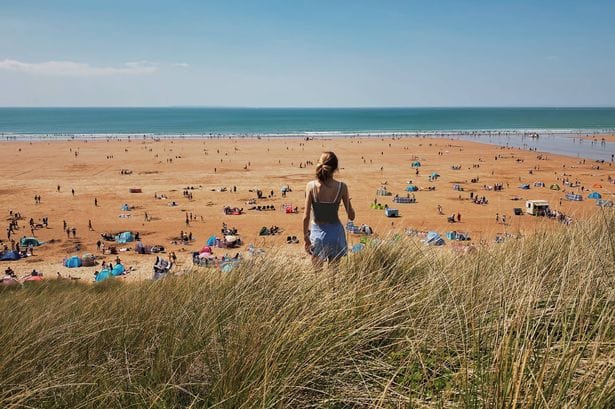







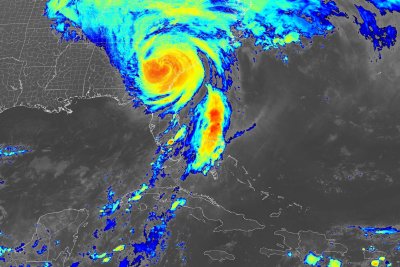

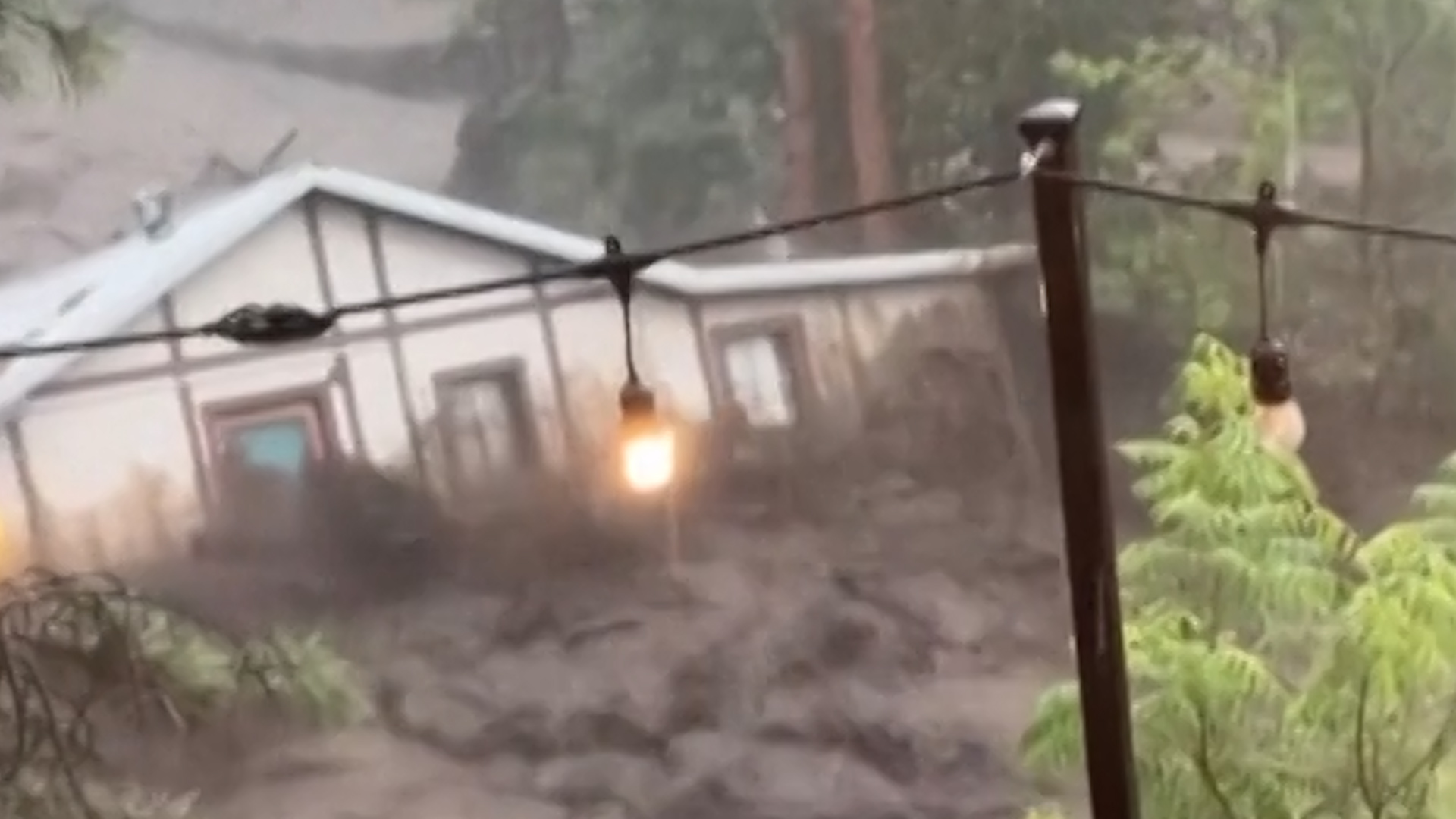
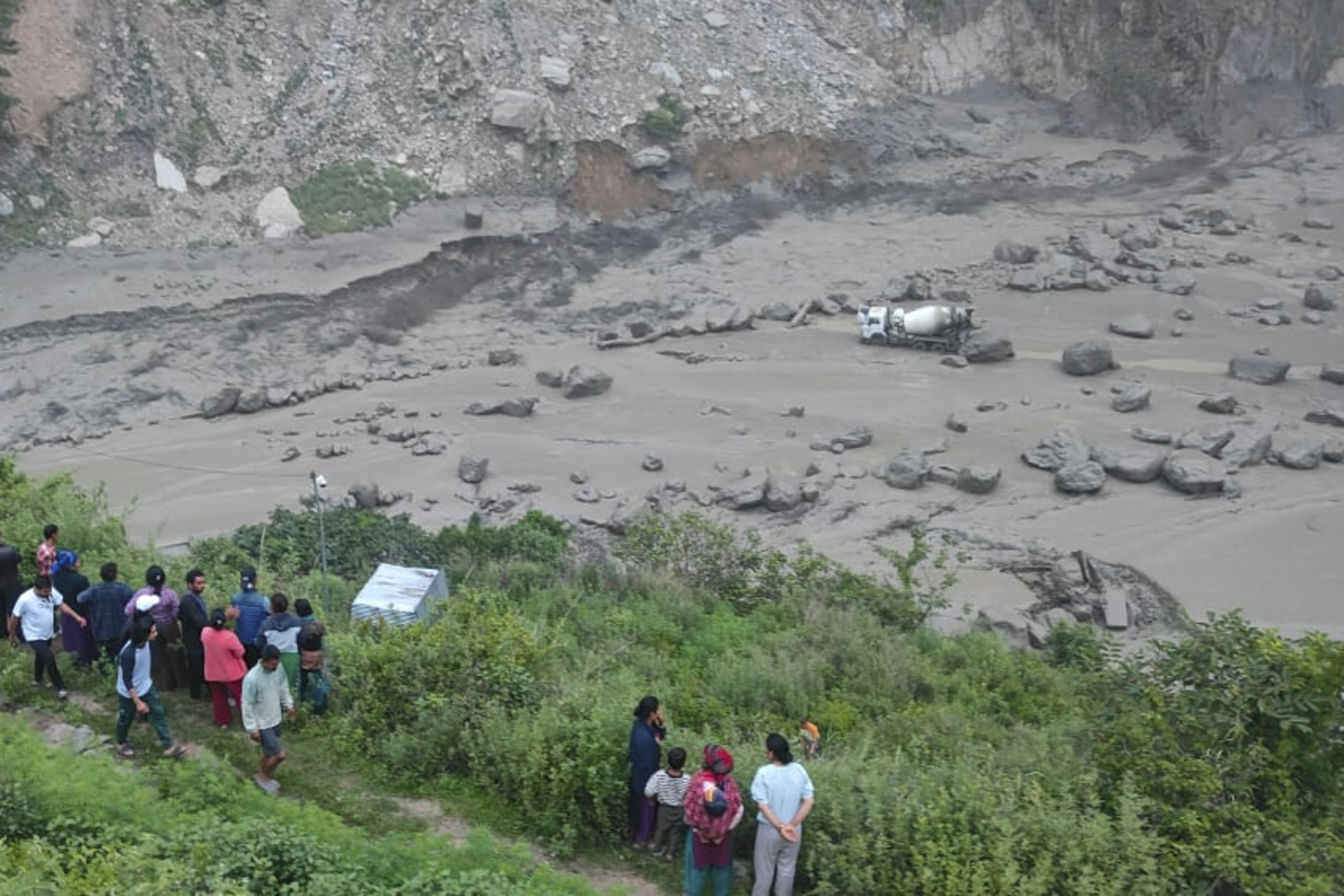

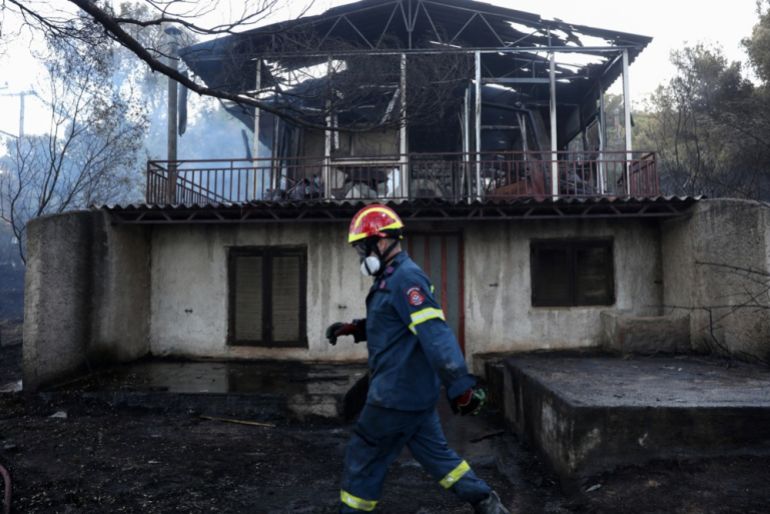
![A firefighter walks past a burned house after a wildfire swept through Pikermi suburb, east of Athens, Greece, 03 July 2025. [George Vitsaras/EPA]](https://www.occasionaldigest.com/wp-content/uploads/2025/07/13167788-1751876328.jpg)




